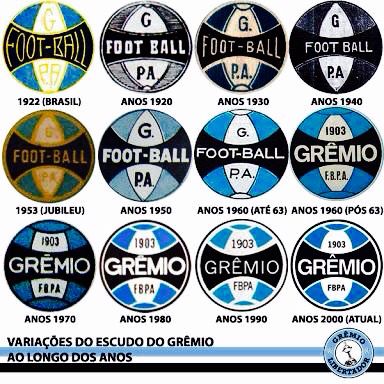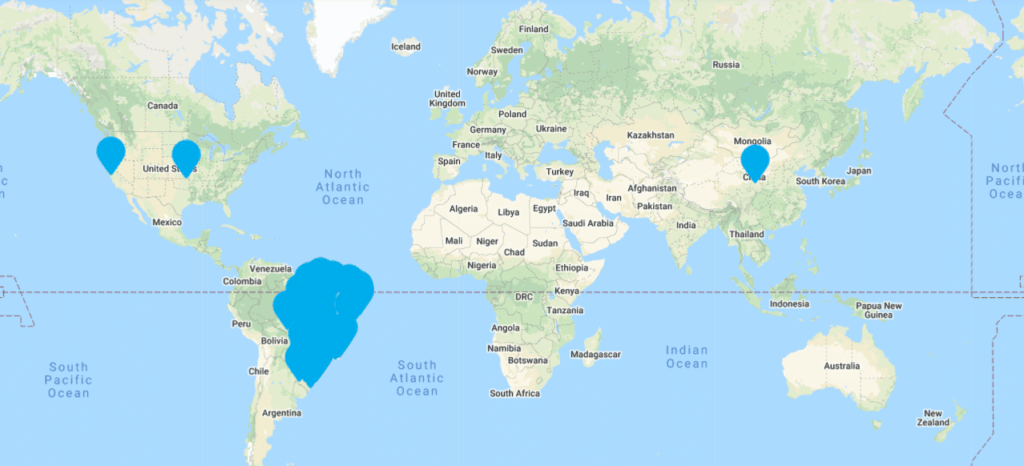Grêmio Foot-Ball Porto Alegrense Tryouts
Grêmio Foot-Ball Porto Alegrense, commonly known as Grêmio is a Brazilian professional football club based in Porto Alegre, Brazil The club competes in the Campeonato Brasileiro Série A, the top flight of Brazilian football.
Grêmio Youth Development System
Grêmio Academy
Grêmio F.B.P.A. Academy is the youth set up of Grêmio. Is composed of a feeder team, known as Transition team, and several youth teams from the age group of under-7 to the under-20, and is considered one of the most prolific football academies in Brazil as also in the world. Notable academy graduates in recent years include 2002 FIFA World Cup winner and two-time FIFA Ballon d’Or recipient Ronaldinho, Brazil national team and Juventus winger Douglas Costa, Russia national team and CSKA Moscow defender Mário Fernandes, Spartak Moscow midfielder Fernando and winger Pedro Rocha, Lazio midfielder Lucas Leiva, Hannover 96 midfielder Walace, Fenerbahçe midfielder Jailson, Barcelona midfielder Arthur alongside many first team players, such as goalkeeper Marcelo Grohe and forwards Luan and Everton.
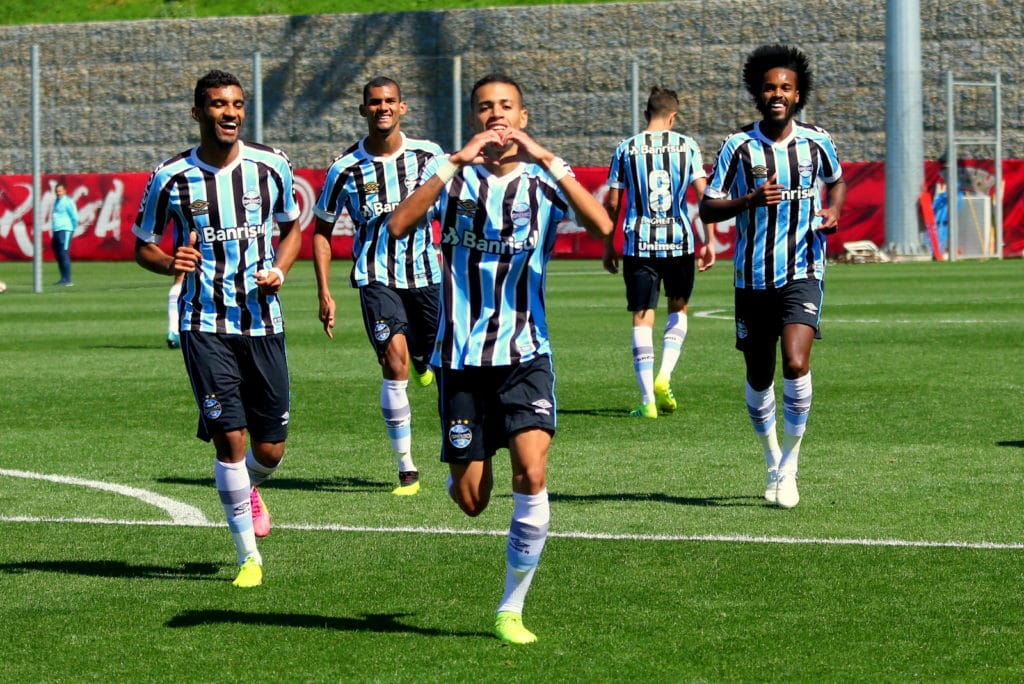
The club has a large academy training complex, named CT Presidente Hélio Dourado, based in Eldorado do Sul, in the metropolitan area of Porto Alegre, which includes a small stadium where all the youth teams play their home games.
Grêmio Transition Team
Grêmio’s under-23 team was named “Transition” because it is intended to provide further development for young players in the transition from the youth setup to professional football. The squad is made up of under-23 players and occasionally features first team’s reserves with limited playing time. It acts as a B squad and a feeder for the first team. During the season, the transition team regularly plays in professional competitions, such as the third tier of Campeonato Gaúcho, Copa FGF and Primeira Liga as also in friendly matches. Their current head coach is Thiago Gomes.
Grêmio Under 20 Team
The under-20 team, also known as juniores, is made up mostly of under-20 players who have reached the last senior year beneath the professional level, and provides further development for players before joining the transition team or the first team. During the season, the under-20 regularly plays in the state league and also in national and international competitions, such as the Taça Belo Horizonte de Futebol Júnior, Copa São Paulo de Futebol Júnior, Campeonato Brasileiro Sub-20, Torneo di Viareggio, among others. Their current head coach is Beto Almeida.
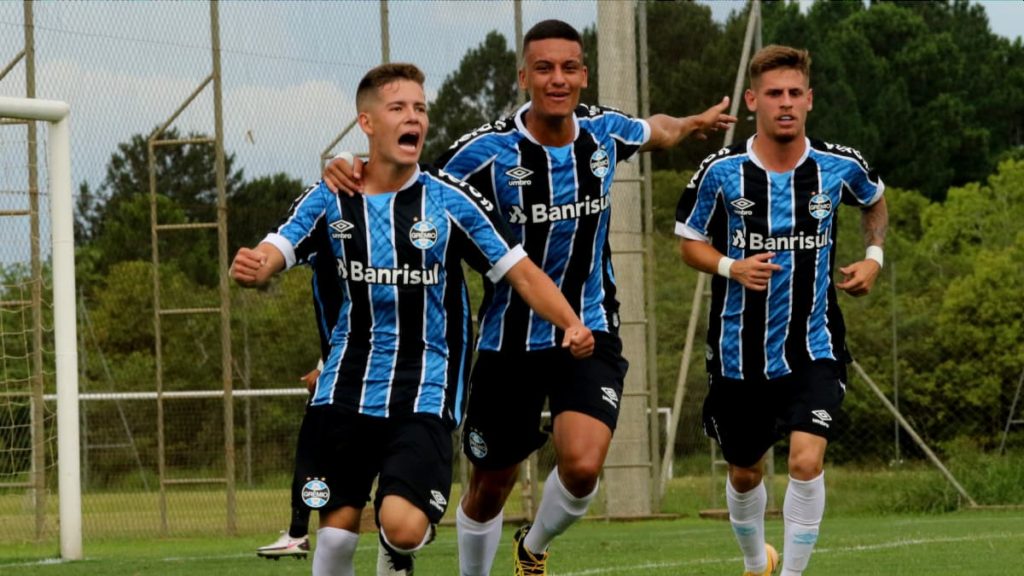
Grêmio Under 19 Team
The under-19 team, also known as juniores B, is made up mostly of under-19 players who have reached the first or the second junior year before graduation, acting mostly as a feeder team for the under-20.
Grêmio Under 17 Team
The under-17 team, also as Juvenil, is formed by players aged until 17-years old, being the last step before reaching the under-19 and under-20 (junior) levels. During the season, competes regularly in the first tier of the under-17 regional league and national competitions such as the U17 Brazilian Cup, Copa Santiago de Futebol Juvenil, among international competitions as well.
Grêmio Additional Academy Teams
Along with the above mentioned, Grêmio also has U16, U15, U14, U13, U12, U11, and U10
Grêmio Foot-Ball Porto Alegrense Football School
The Grêmio Foot-Ball Porto Alegrense Football School, founded on April 6, 1969, was the first football school in Brazil. The creation came from the objective of supplying, with athletes, the club that maintains it, adding to the aim of forming citizens. At the School students are accepted in the age group from 5 years to 15 years and are provided with theory and practice of football sport, sport behavioral behavior and citizenship.

The headquarters of the Grêmio Football School is located in the Parque Cristal Training Center (CT Cristal), in Porto Alegre, capital of the state of Rio Grande do Sul, in southern Brazil. Currently, the School still has the collaboration of more than 100 Partner Schools, which strengthen the Grêmio brand across Rio Grande do Sul, Brazil and around the world, through the thirteen thousand athletes who are part of the institution.

School Structure
We have a qualified sports complex and a specialized team, which meets the most diverse needs demanded by the successful process of training professional athletes.
- 5 official courses
- 2 reduced fields
- medical department
- Control of athlete data
- Pedagogical area
- Technical coordination
- Administrative
- Parking
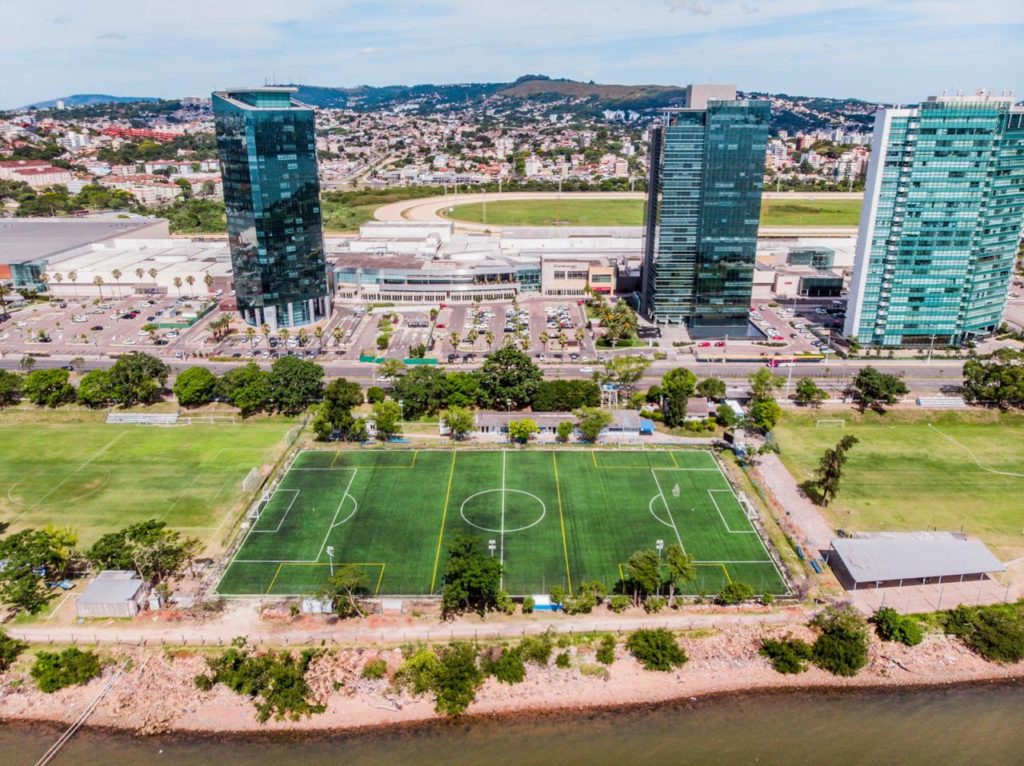
Parque Cristal Training Center
The Parque Cristal Training Center, opened in 1983, is the headquarters of the Grêmio Football School, located at Av. Diário de Notícias, 915, in the south area of Porto Alegre.
The complex’s staff is close to 80 employees, including supervisors, technical commissions, evaluators and logistics professionals, who meet the demands required by the approximately 1,000 boys who train in two shifts, daily, divided into the areas of Initiation, Selection and School Formation.
The CT currently has a wide structure, with seven soccer fields, changing rooms, spaces for administrative rooms, medical department, clothes, among others.

The Grêmio Foot-Ball Porto Alegrense Football School, founded on April 6, 1969, is the first Football School in Brazil, created to supply athletes, the club that maintains it, adding this objective to forming citizens. The School accepts students aged 5 to 15 years, providing them with sports education, theory and practice of football, sports behavioral posture and citizenship. It currently has almost one hundred partner schools – in a total of approximately thirteen thousand students / athletes -, spread across Rio Grande, Brazil and the world.
DATASHEET
Total land area: 75.000,00m²
7 Soccer Fields: 4 official fields with natural lawn, 1 official field with synthetic lawn and 2 reduced fields.
– Administrative rooms
– General coordination room
– Technical coordination
rooms – Administration
rooms – Teachers’ rooms
– Wing of the Initiation Area
– Wing of
the Training Area
– Wing of the Initiation Area
– Wing of the Agreed Schools
Other dependencies
– 6 locker rooms
– Arbitration locker room
– Wardrobe
– Athlete’s Data Control Room
– Warehouse
– Deposits
– Ordinance
– Control
– Parking for visitors and employees
– Snack bar
Soccer School Registration
The Grêmio football school forms much more than athletes, it forms true citizens. To give this first entrance ticket to the school we will need the following documents.
- 02 (two) recent 3×4 photos
- Medical certificate (valid for 30 days) – ORIGINAL
- Certificate of school enrollment for the current academic year – ORIGINAL
- Copy of proof of residence (with zip code)
- Copy of Identity Card
Initiation Area (SCHOOL TRIALS)
The learning process of the soccer athlete, has its planning centered on a methodological line, with defined progression and clear ideas, about what is aimed at as soccer, mainly in relation to the game model, training and education, in which the athlete is inserted . Building and organizing, based on a methodology, allows us to have a beginning, middle and end of the learning process of the student / athlete at the Grêmio FBPA Football School.

Training, participating and experiencing, within a defined concept, provides diverse experiences, inserted in the same logic of playing football, which also contemplates the game culture of Grêmio Foot-Ball Porto Alegrense, always respecting the age group of the student / athlete and especially their learning process.
| Group A1 5 AND 6 YEARS Psychomotor and playful approach with g-1-3-1 game system | A group 7 AND 8 YEARS Psychomotor and playful approach with g-3-3 game system | Group B NINE YEARS OLD Insertion of individual tactics with G-3-3-1 game system |
| Group C 10 AND 11 YEARS Introduction to the game model with G-3-3-2 game system | Group D and E 12,13,14 AND 15 YEARS Game model application with g-4-4-2 game system | Goalkeeper Group 12 TO 15 YEARS Specific fundamentals and game situations |
| Women’s Football 13 and 15 years Women’s football was implemented at Escola do Grêmio in 2017. Based on new methodologies, teachers seek to elucidate the issues pertinent to the processes of teaching and learning football using the Game Model as a basis. | School Selections 11, 13 and 15 years Participating in the Selections is recognition for the performance in the initiation area. Students who excel in training are pre-selected for teams. After an evaluation period, they may (or may not) remain in the school’s selection and represent it. |
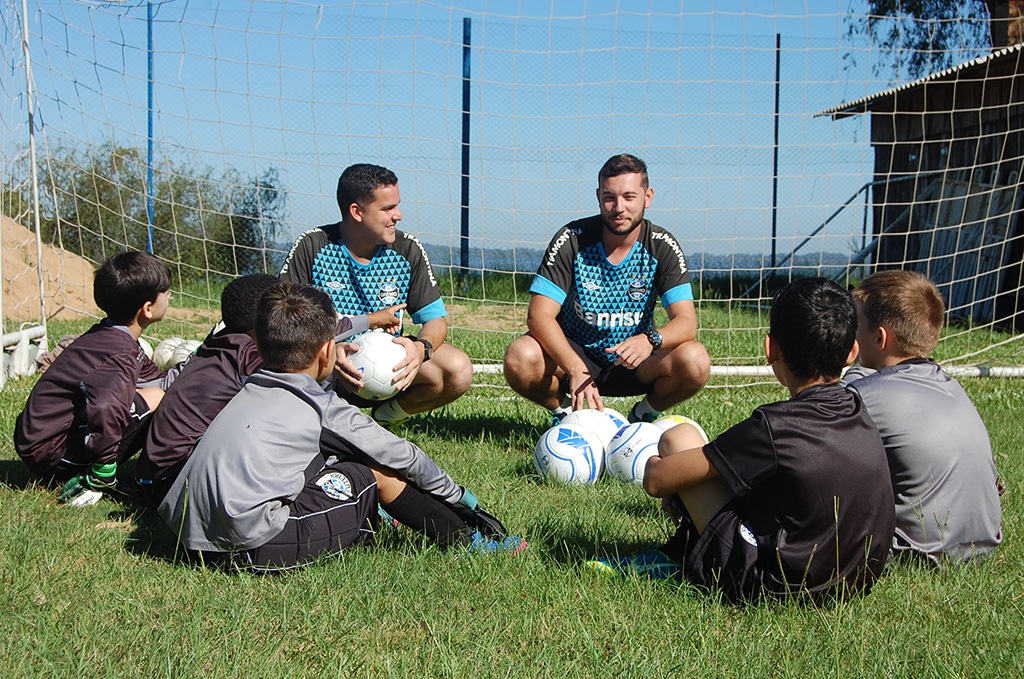
To join the school/register or get more information, please click here to visit their official school website.
Grêmio Academy Trials
Grêmio is recognized in the country and in the world as an excellent trainer of athletes. To this end, it offers several forms of research and reception of those interested in integrating its competition teams.
The Fundraising sector, part of the Grêmio FBPA Base Categories, is responsible for the search for new talents for the formation teams of the club and the organizer of the various selection processes that the club conducts throughout the country.
For this, Grêmio Foot-Ball Porto Alegrense provides an evaluation period for fins from 14 (complete) to 17 years. Those interested should look for an accredited school in their city or region to carry out the evaluation. This is the first of a series of steps for the boy to realize his dream of becoming an athlete at the Club. Below, you will find all the necessary information to start the selection process, dates of evaluations and contact ways to answer questions.
| Selective process These are training sessions, held in different regions (for athletes from 14 (complete) to 17 years old), in order to seek out new talents and refer them to the Base Categories. | Procedure Those interested in participating should locate an accredited school in their city or region in the calendar below and contact them to carry out the evaluation. |
Grêmio Partner Schools
Grêmio has one of the largest training facilities for football players in the world. Currently, the Grêmio FBPA Football School is home to around 13,000 athletes, including students from CT Cristal (headquarters), in Porto Alegre, and from Associated Schools, which today number more than 100 units spread across Rio Grande do Sul, Brazil and across in Australia, China, Japan and the United States.
For the latest up-to-date map on schools near you, please click here to visit Gremio’s official website school map.
EXPLORE MORE CLUBS!
Explore more professional clubs by continent.
Grêmio History
After a 2–1 victory over Hamburger SV in 1983, Grêmio also won the Intercontinental Cup and became champions of that competition. Additionally, Grêmio is the Brazilian team that has won the most Copa Libertadores da América titles (3), tied with Sao Paulo and Santos. Santos has also won three titles (3). Grêmio is rated by Forbes as the third most valuable football club in the Americas with an estimated value of $295.5 million.
As of the year 2017, Grêmio was ranked number one in the CBF club rankings and has the position of number one in the CBF club rankings. Grêmio has won 39 Campeonato Gaúcho, 2 Campeonato Brasileiro Série A, 1 Campeonato Brasileiro Série B, 1 Supercopa do Brasil, 1 Copa Sul and 5 Copa do Brasil. Internationally, Grêmio has won 1 Intercontinental Cup, 3 Copa Libertadores de América, 2 Recopa Sudamericana and 1 Sanwa Bank Cup. Grêmio’s standard uniform consists of a shirt with vertical stripes in three colors (blue, black, and white), black shorts, and white socks.
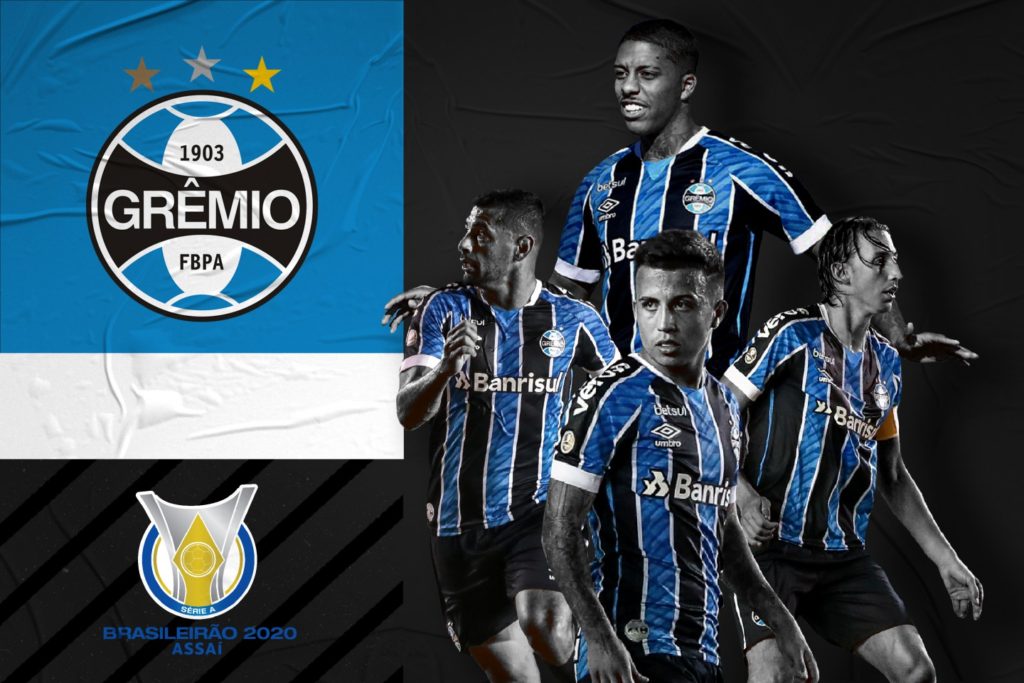
The rivalry between Grêmio and Internacional is considered by many to be the most intense in Brazil and one of the most intense in the world. This rivalry dates back many decades. Grenals are the competitions that take place between the two teams.
Stadium
The original name of Grêmio’s stadium was the Estádio Olmpico Monumental, which is what it is known as today. As the Olympic Stadium, it was officially opened for business on September 19, 1954. It was at the time Brazil’s largest privately owned stadium at the time. The first game played at Estádio Olmpico was between Grêmio and Nacional from Uruguay.
Grêmio came out on top with a score of 2–0, and Vtor was the one who scored both of Grêmio’s goals. After a second layer was constructed at the Olmpico in 1980, the venue was rechristened the Olmpico Monumental. On June 21, 1980, the inaugural game played at the newly renamed Olmpic Monumental was against Grêmio and Vasco da Gama. Grêmio came out on top with a score of 1-0. The game that took place on April 26, 1981 between Ponte Preta and Estádio Olmpico Monumental has the record for the highest crowd with 98,421 people.
The Estádio Olmpico Monumental features 45 luxury booths with a capacity for 10 guests each, in addition to 5 booths with a capacity for 20 guests each. In addition to that, there are 140 spots available in the Tribune of Honor. It features a total of 28 seats dedicated for patrons with disabilities, of which 22 can accommodate guests accompanying the disabled. The parking area at the Estádio Olmpico Monumental provides room for seven hundred automobiles.
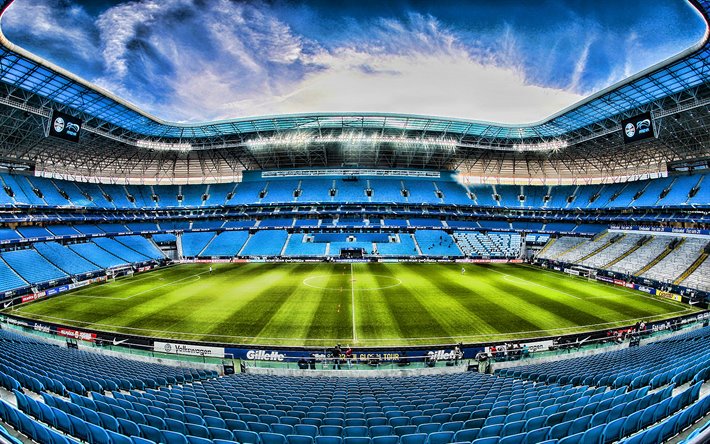
Grêmio moved into their brand-new stadium, Arena do Grêmio, in Porto Alegre in 2012. Arena do Grêmio is a large multi-use stadium in the city. It is one of the most modern venues in South America, with a capacity of 55,662 people and a maximum capacity of the same number.
Crest
